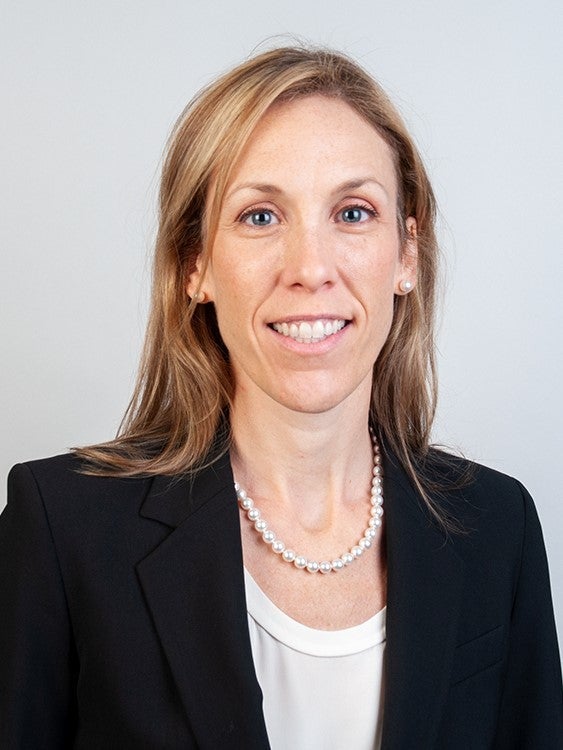
I expect that whenever you see a health column written by a dermatologist between May and September, you anticipate what's coming. And yes, this is a public service piece about mitigating your risk of skin cancer. We know skin cancer is preventable. But did you know that it's the most common form of cancer in the world?
First, I want to emphasize what I'm not going to say. I am not suggesting that you stay indoors all summer. Many of us work outside for a living and all of us need time outdoors as we strive to be mentally and physically healthy. So please: work, play, and exercise in the fresh air. Make the most of our warm months.
Perspective
Rather than fearing the sun, I encourage you to see sun exposure as a risk to responsibly mitigate like we do with so many other things in life.
Consider some of the potential health pitfalls we navigate on a daily basis. Tooth decay and gum disease are serious problems, so we brush our teeth twice a day and visit the dentist. Concussions can cause permanent damage, so we wear helmets when biking. Lyme disease is serious chronic condition, so we cover up before a hike.
Each of these risks are significant and there is good reason why these have become part of our daily routines. Skin cancer is also worthy of our attention. Rates of skin cancer have been on the rise for several decades. Between 1994 and 2014, the diagnosis and treatment of nonmelanoma cancers increased by 77%. In some cases, particularly with squamous cell carcinoma and melanoma, skin cancer can be deadly. It is expected to take 12,500 lives in the United States this year. In most cases, it is preventable.
So why not make safeguarding against skin cancer as automatic as fastening our seatbelts or bundling up to prevent frostbite?
Prevention
The best tool for skin cancer prevention is photo protection. I recommend an over-the-counter sun block with zinc oxide or titanium dioxide that is SPF 50+. It should be reapplied every two hours while you're outside. You may have to apply more frequently if you're swimming or sweating.
Even better is sun-protective clothing. Bathing suits, sun shirts, athletic wear, casual clothing, and hat options have come a long way in recent years. You can cover up in style and don't need to go to the beach dressed like a beekeeper. It is important to remember that clothing is only protecting the areas that are covered – you'll likely still need sunscreen for areas like the hands and neck that are harder to keep protected with clothing. Avoiding long exposure in the sun between 10:00am — 2:00pm can also help to avoid the most intense periods of UVB light. So enjoy your lunch under an umbrella.
We can't emphasize enough the danger of tanning bed use. The connections between indoor tanning and cancer are clear and strong. One startling statistic is that using a tanning bed before age 20 increases your change of developing melanoma by 47%. It also increases your risk of other non-melanoma skin cancers and causes more rapid photo aging.
Caregivers, remember that skin damage accumulates throughout life, so consider children's skin health. Make sunblock as routine as brushing teeth or wearing a bike helmet – and help your kids find sun clothes that match their sense of "cool" style. I find that sunblock sticks can be more fun for children to apply and avoids sunscreen in the eyes. Aerosolized chemical sunscreen should be avoided in children. For a fussy recipient of sunblock, try rebranding it as face painting: "Can I turn your face into a lion?" A few whiskers later, you can have their face and ears covered.
Proactive
One positive aspect of skin cancer: it is treatable. Even low grade melanomas have a five-year survival rate of 99% when caught at a very early stage. So be proactive in investigating anything that is changing shape or color, growing, or bleeding.
Regular skin checks by a dermatologist are important if you fall into a risk category. Skin checks are generally quick, and samples of concerning lesions can be taken right in your doctor's office. Set up routine appointments if you have:
- Chronic sun exposure — for example, if you work outside — which increases risk of squamous cell carcinoma.
- A history of intermittent blistering sun burns — which increases risk of basal cell carcinoma.
- A history of indoor tanning.
- A first degree relative (parent, sibling, child) with a history of melanoma.
- Any new spots, changes in the borders, color, or size of old spots, or bleeding lesions.
To learn more, I recommend www.skincancer.org. Remember that caring for our skin is a vital part of our overall health.
I hope this column offered some fresh perspective. If you are reading this while enjoying a glorious day at the beach, I hope you are doing so with a wide-brimmed hat on your head and a bottle of sunblock close at hand.
Dr. Margaret Dowd is a dermatologist at Bassett Healthcare Network who sees patients at Bassett Hartwick Seminary Specialty Services, Oneonta Specialty Services, and Cobleskill Regional Hospital.
This column was originally published in the Oneonta Daily Star, and can be found here.
